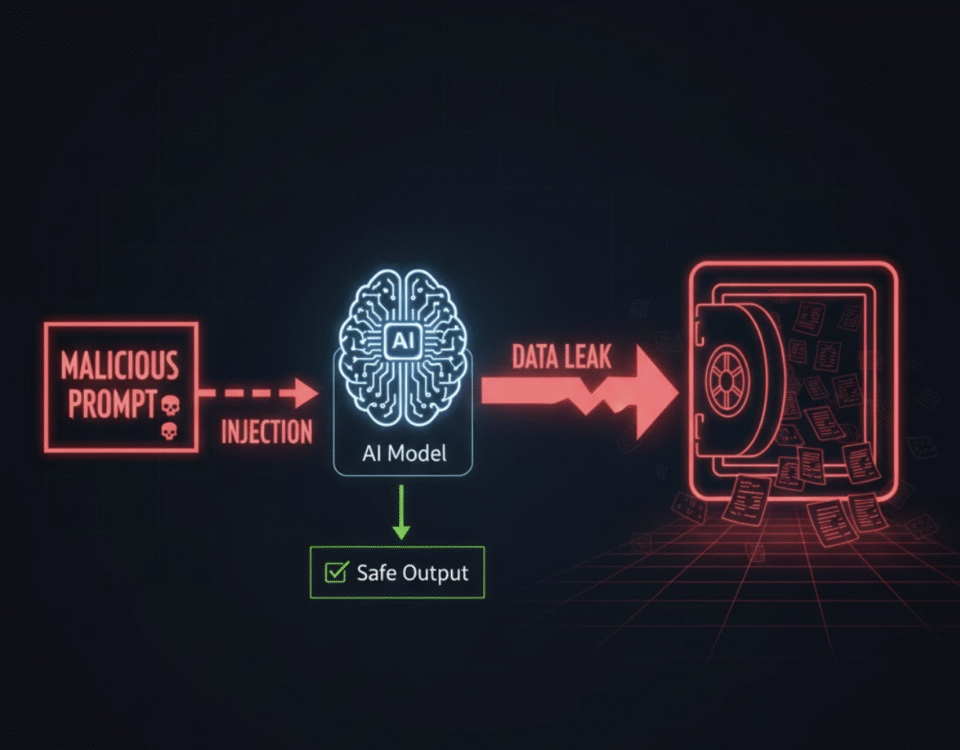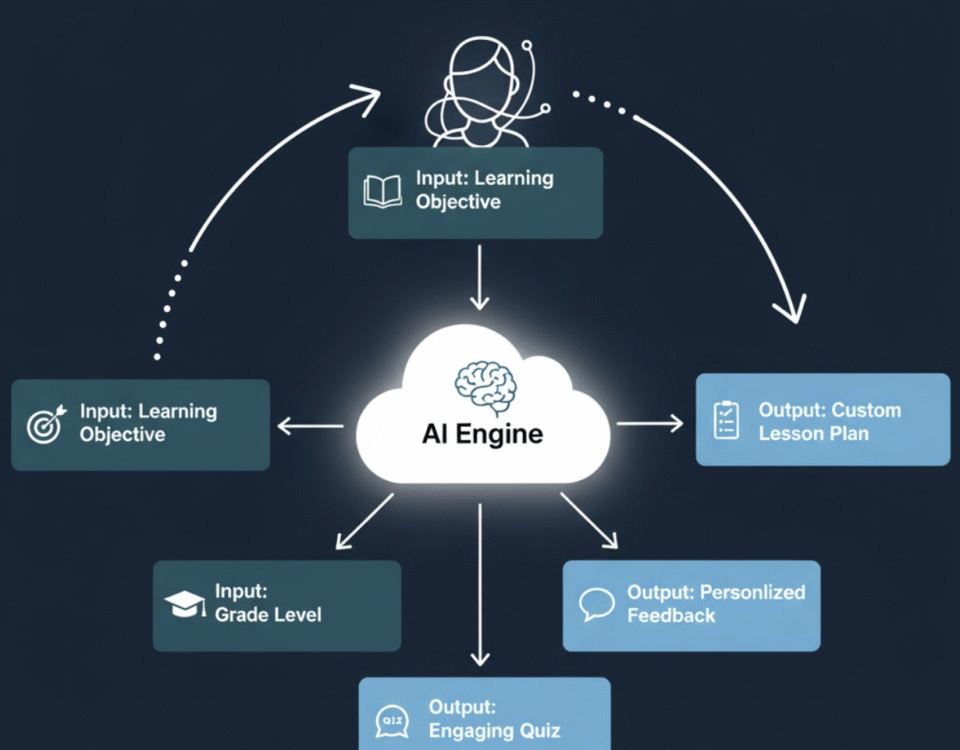
The Ultimate AI Prompt Guide for Solo Entrepreneurs: Get More Done Without Hiring
April 14, 2025
Introduction: Why Your AI Feels… Meh
If you’re using tools like ChatGPT, Grok, or Claude, you’ve probably felt this before:
You ask a smart question—and get a bland, recycled answer.
What gives?
The model isn’t broken. You’re just not giving it the right instructions.
In the world of AI, prompts are the new programming language—and if you want output that drives real business results, you need to master them.
This article will show you how, with real examples, tools, and templates you can use today.
The Business Problem: When AI Output Falls Short
Even smart, tech-savvy professionals often run into the same issues with AI tools:
⚠️ Common Pain Points:
Responses are too generic to use in real business scenarios
Inconsistent output from the same prompt
Wasted time re-editing instead of saving time
Lack of actionable insight, strategy, or depth
And here’s the kicker: many of these people blame the tool itself, not the prompt.
But in reality, better prompts = better ROI from AI.
Why Prompts Are the Hidden Lever of Performance
Prompts act like your brief to a consultant—if you’re vague, they’ll spin in circles. If you’re clear and structured, they’ll deliver gold.
Here’s what optimized prompts do:
✅ Set context so the AI understands your goal
✅ Define output format (e.g., table, memo, strategy deck)
✅ Assign a role or lens (e.g., CFO, copywriter, investor)
✅ Guide tone, depth, and reasoning style
Think of them like management instructions: clarity up front means fewer corrections later.
Real-World Example: Bad Prompt vs. Optimized Prompt
Let’s look at a real prompt submitted by a client using ChatGPT to build a sales email.
❌ Original Prompt:
“Write a cold email for my business.”
Result:
A boring, vague message like:
“Hi there! I’m reaching out to see if you’re interested in our services. Let me know a good time to connect.”
It read like spam and got zero replies.
✅ Optimized Prompt Using C.O.R.E.:
“You are a SaaS growth consultant. Write a cold email targeting Heads of IT at mid-sized healthcare companies. The product is an AI-driven call center platform that reduces average handle time by 22% and integrates with Epic. The tone should be sharp, data-backed, and non-gimmicky. Output: 1 subject line + 3-line email body.”
Result (real-world, tested):
Subject: Reduce Patient Call Times by 22% (Without Adding Staff)
Email:
Most IT leaders we work with in healthcare are under pressure to modernize their contact center—without inflating headcount or disrupting Epic workflows.Our AI-powered CCaaS platform reduced AHT by 22% at Affordable Care.
Worth a 5-min scan?
Reply Rate: 14.6%—a huge win in cold outreach.
The C.O.R.E. Prompting Framework
To help you replicate that success, use the C.O.R.E. framework:
| Letter | What It Means | What to Include |
|---|---|---|
| C | Context | Business type, audience, goal, market |
| O | Output | Format (bullets, table, memo, etc.) |
| R | Role | Who the AI is acting as (e.g., strategist, analyst) |
| E | Examples | Optional past content, tone, or structure to mimic |
Real-World Example: Bad Prompt vs. Optimized Prompt
Let’s look at a real prompt submitted by a client using ChatGPT to build a sales email.
❌ Original Prompt:
“Write a cold email for my business.”
Result:
A boring, vague message like:
“Hi there! I’m reaching out to see if you’re interested in our services. Let me know a good time to connect.”
It read like spam and got zero replies.
✅ Optimized Prompt Using C.O.R.E.:
“You are a SaaS growth consultant. Write a cold email targeting Heads of IT at mid-sized healthcare companies. The product is an AI-driven call center platform that reduces average handle time by 22% and integrates with Epic. The tone should be sharp, data-backed, and non-gimmicky. Output: 1 subject line + 3-line email body.”
Result (real-world, tested):
Subject: Reduce Patient Call Times by 22% (Without Adding Staff)
Email:
Most IT leaders we work with in healthcare are under pressure to modernize their contact center—without inflating headcount or disrupting Epic workflows.Our AI-powered CCaaS platform reduced AHT by 22% at Affordable Care.
Worth a 5-min scan?
Reply Rate: 14.6%—a huge win in cold outreach.
Prompting Techniques That Actually Work
1. Prompt Chaining
Break large tasks into smaller parts:
Brainstorm ideas
Score them
Expand the top one
Build an execution plan
This avoids overwhelm and increases control.
2. Specify Output Format
Want a framework, table, or email template? Say so.
“Give me a 5-step action plan in bullet format with pros and cons for each.”
3. Assign the AI a Role
“You are a CFO advising a founder.”
“You are a senior McKinsey consultant reviewing a business model.”
This changes the tone and strategic depth significantly.
4. Add Constraints or Style Requirements
“Make it read like a Harvard Business Review article: analytical, concise, no fluff.”
“Avoid buzzwords. Focus on ROI.”
Tools to Help You Prompt Like a Pro
You don’t have to write every prompt from scratch. Use these tools to streamline and scale:
✅ MagicPrompt
A Chrome extension built for business users that generates optimized prompts using C.O.R.E., stores them in sequences, and helps you prompt like a strategist.
Best For:
Repeatable business workflows (funnel strategy, investor memos, ad copy)
Prompt libraries and battle-tested frameworks
🛠️ Other Helpful Tools
PromptHero – curated prompt examples across domains
Notion + AI – embed prompt templates in your workspace
Custom GPTs – pre-trained agents for niche business use (e.g., pricing audits, GTM planning)
Conclusion: AI Is Only as Smart as Your Prompt
If you want AI that thinks like a strategist, writes like a pro, or plans like a founder—it’s not about the model.
It’s about the prompt.
Use frameworks like C.O.R.E.
Test different formats and roles
Build sequences, not one-offs
Use tools like MagicPrompt to save time and scale
Want to Master Prompting Faster?
Download our free Prompt Optimization Toolkit for Professionals — includes 10 proven prompt structures, before/after examples, and a guide to chaining outputs for high-leverage tasks.
Download the Toolkit
Frequently Asked Questions (SEO Boost)
Q: What is prompt engineering in AI?
A: Prompt engineering is the process of crafting structured inputs to guide AI models toward accurate, relevant, and valuable outputs.
Q: How can I improve my ChatGPT results for business use?
A: Use structured frameworks like C.O.R.E., define your audience, format, and desired outcome, and run prompts as multi-step chains.
Q: What’s the best tool for writing better prompts?
A: MagicPrompt is one of the most efficient Chrome extensions built for business prompt optimization.
Other Post You Might Like
Join our Newsleter
Learn AI and Prompt Engineering from MagicPrompt



